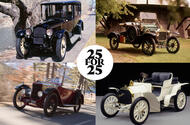More than 100 years later, these forward-thinking cars set the template for today's biggest brands
From Mercedes to Ford, Rolls-Royce and more, many of today's biggest and best brands can trace their heritage back to these pioneers.
Many were responsible for setting standards that we still use today, bringing new technologies and production techniques in the process.
Enjoy full access to the complete Autocar archive at the magazineshop.com
1901 Mercedes 35HP
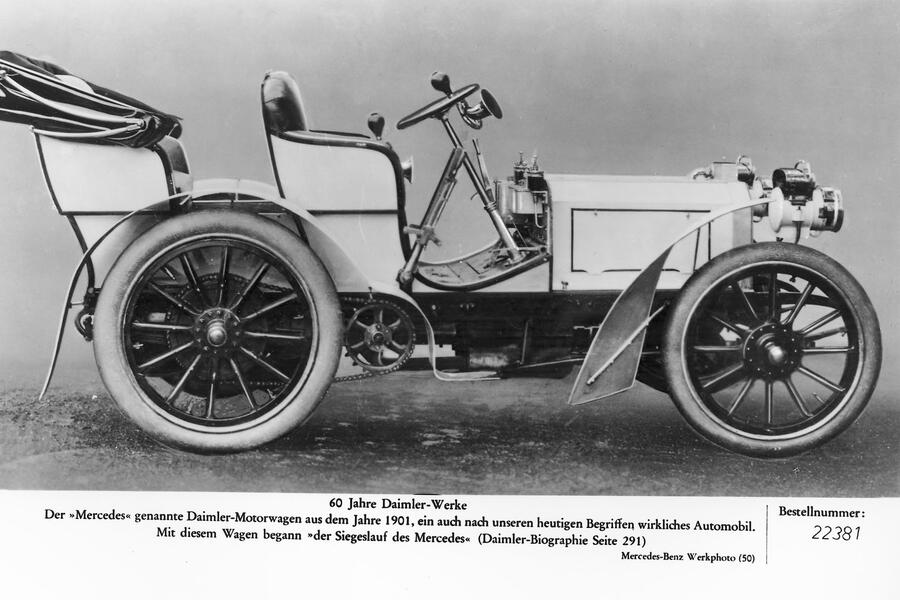
The first bearer of perhaps motoring’s most famous brand name and widely regarded as the first modern car, thanks mainly to its low-mounted engine.
“The manner in which the gear lever is moved to obtain the desired speed is novel, simple and certain,†said Autocar.
1902 Mercedes Simplex
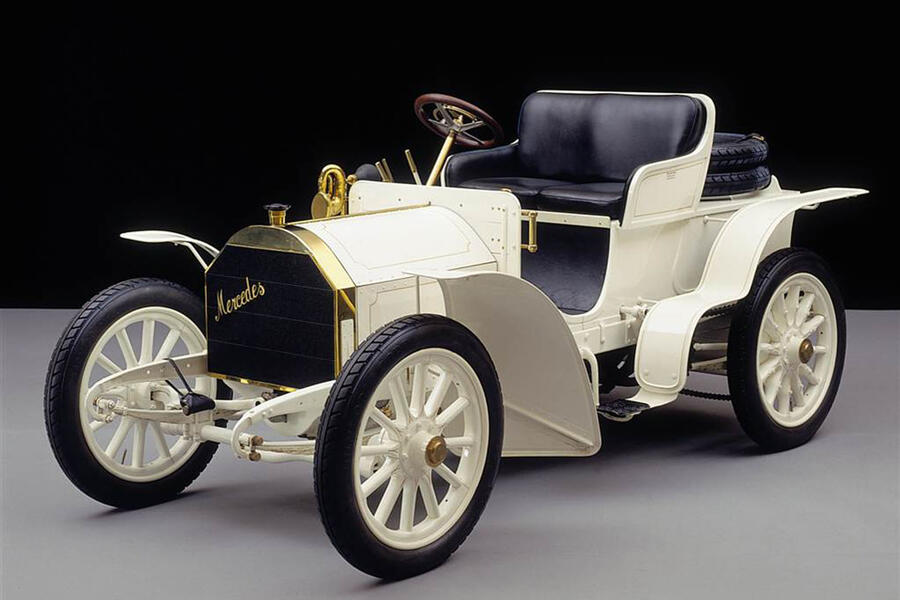
Like the 35hp but bigger, stronger and fancier.
“Owners need not fear annoyances by the police, as the car runs so quietly, and is slowed down so easily and instantaneously,†a dealer promised.
1903 Ford Model A
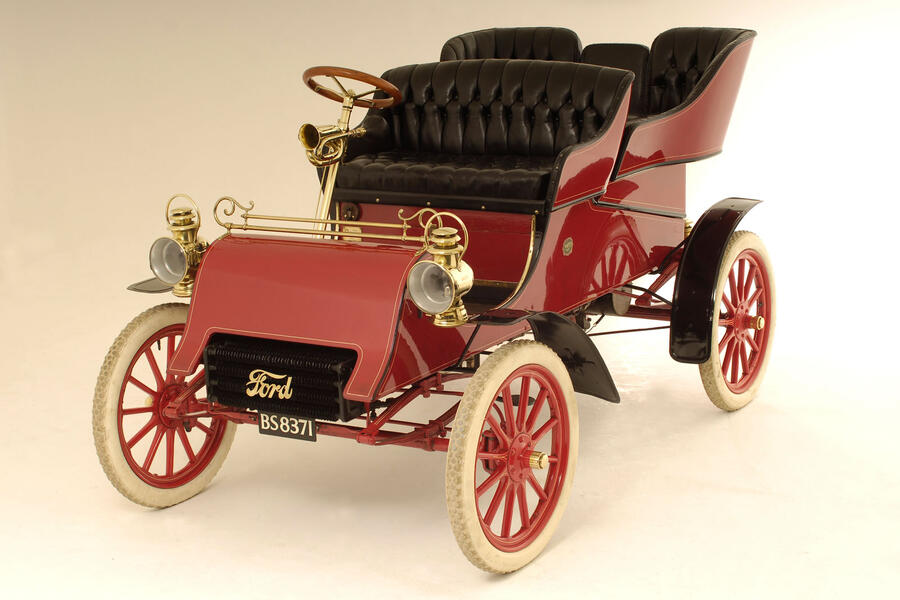
Ford’s very first car. “A car like this is a bargain at any reasonable figure,†claimed Henry – $800, or about £22,000 in today’s money.
1904 Rover 8
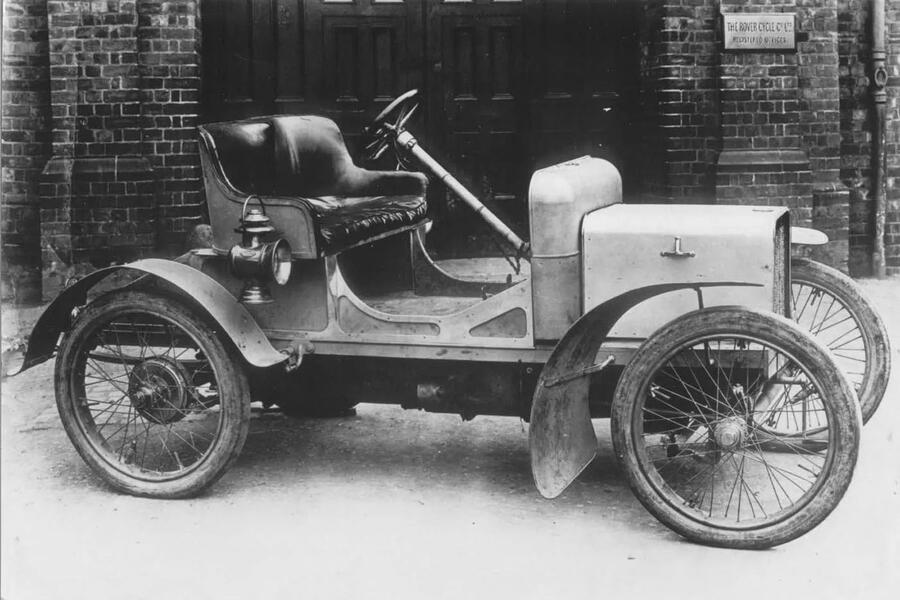
Formative bicycle maker’s first car was distinguished by its unusual backbone chassis.
We enjoyed a “delightful sense of comfort and liveliness†and had it “under the most perfect control†in traffic.
1905 Peugeot Bebe

The success of the cheap ‘Baby’ series, particularly in Britain, spurred the Peugeot family to take car making more seriously, starting with this Type 69.
1906 Rolls-Royce Silver Ghost
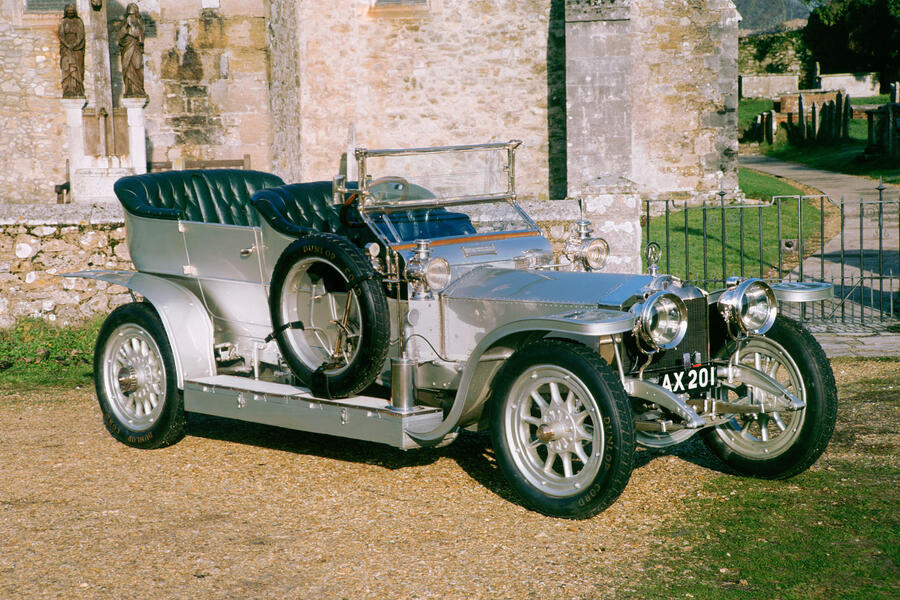
This “sweet, willing soul†covered the length of Britain non-stop without trouble.
“Each successive Rolls-Royce seems sweeter, silkier and sleeker in running than the one before,†we swooned.
1907 Bugatti Type 10
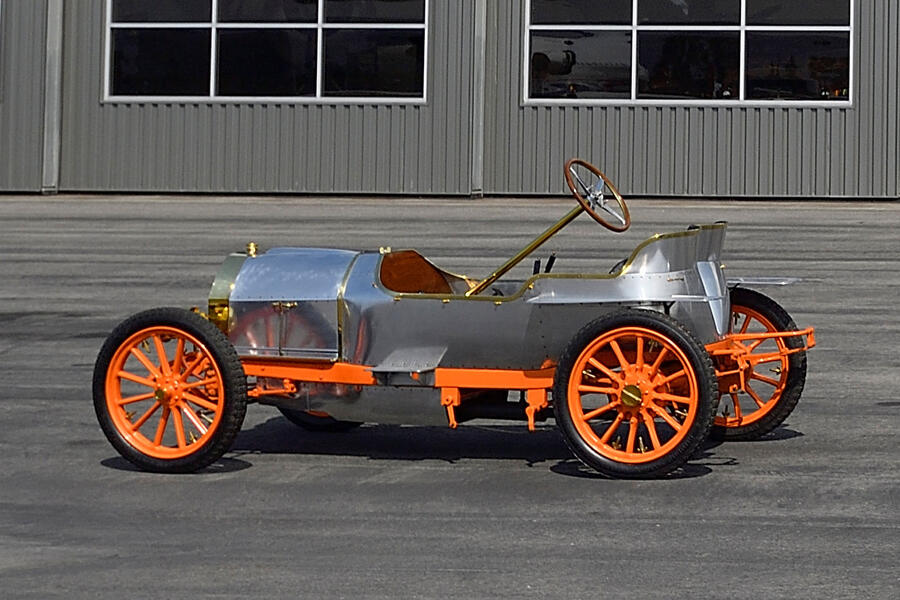
This prototype for Ettore’s first own-brand car would become the Type 13 – a “delightful little runaboutâ€, said Autocar, that would win Bugatti fame on the track when revived in the 1920s.
1908 Lancia Alfa

Celebrated racer and engineer “brings his long experience to bear in an unmistakable and praiseworthy mannerâ€, his debut car being an “excellent and in parts original designâ€.
1909 Ford Model T
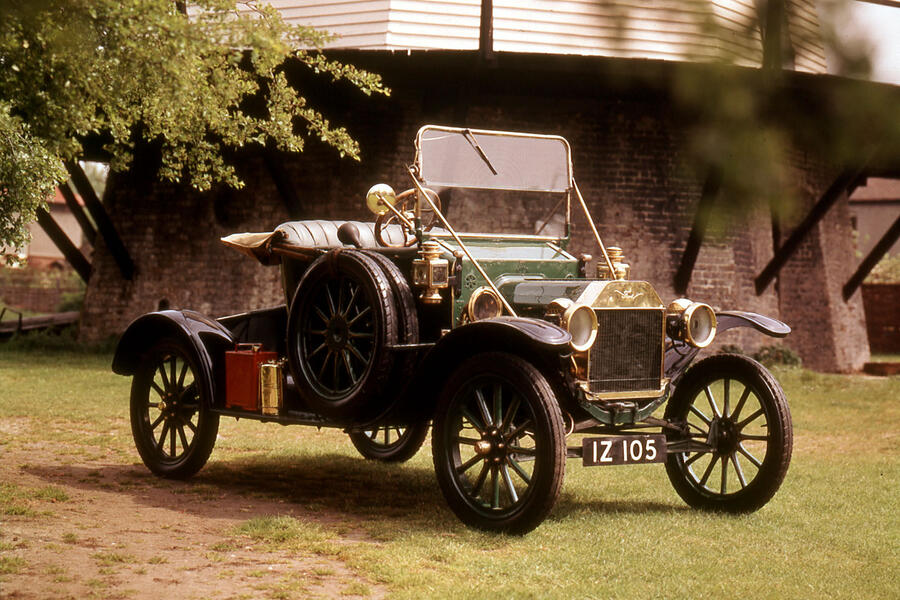
It was tricky to drive, but revolutionary production methods made it amazingly affordable, such that half of all cars in America were Model Ts for a time. It was the first Ford made in Britain too.
1910 Cadillac Model 10
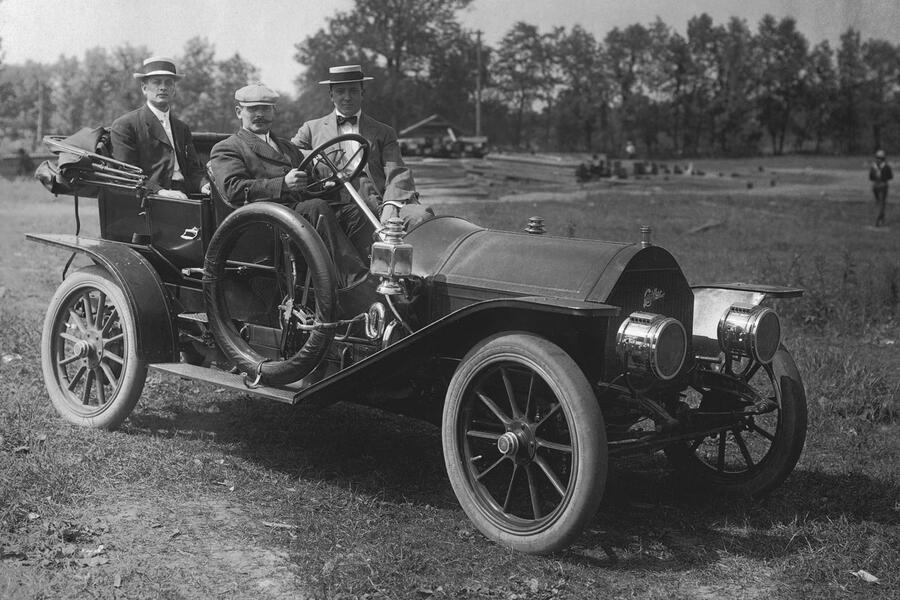
The first car with an electric starter rather than a crank handle, thanks in part to an ‘auto-trembler’.
1911 Vauxhall Prince Henry
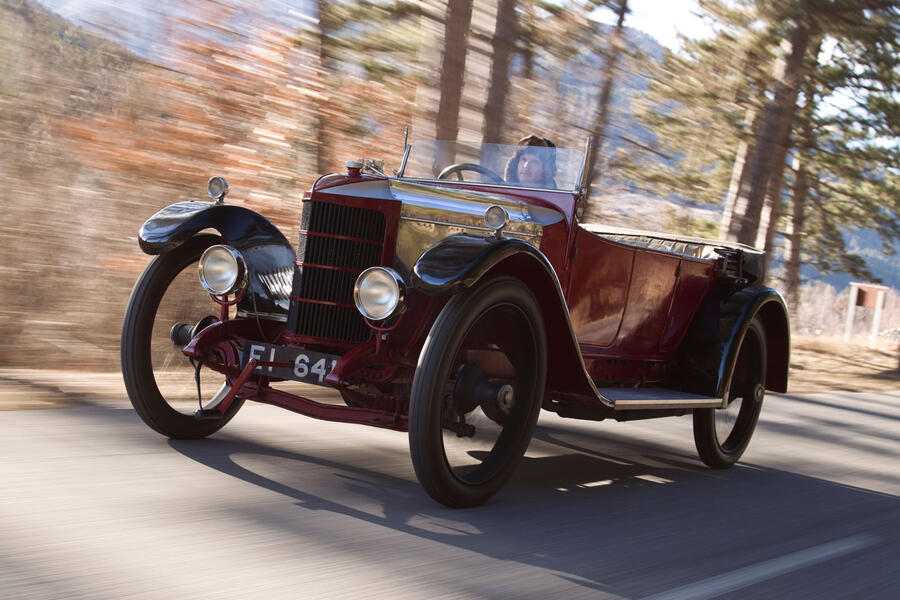
“A particularly fast, light car for road work, seating four, with a chassis of distinct design,†we said. Possibly the world’s first proper sports car, then
1912 Morgan Runabout
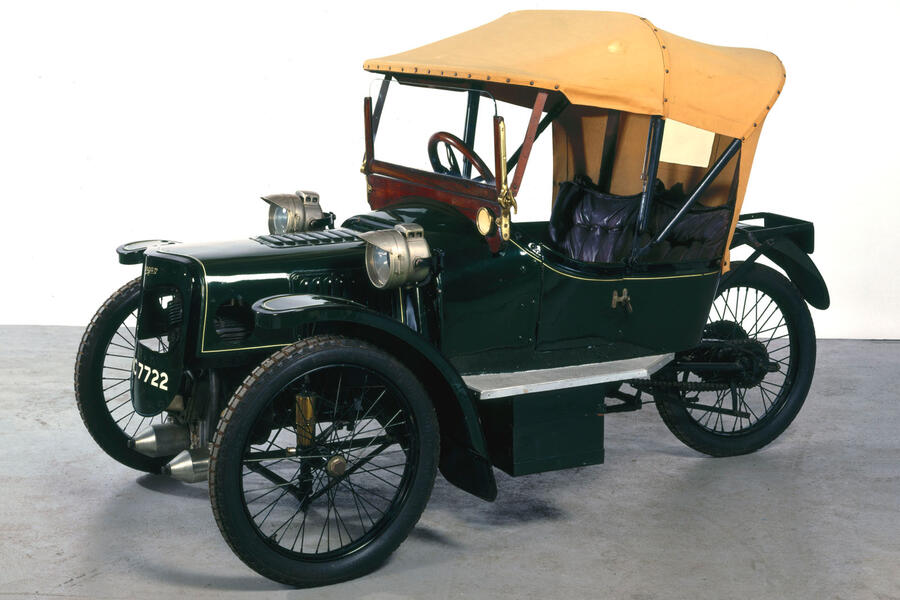
Railway engineer’s first automotive affair made motoring more widely accessible.
We found the two-seat three-wheeler was “far more suitable for high-speed sporting work†than its many rival cycle cars.
1913 Morris Oxford
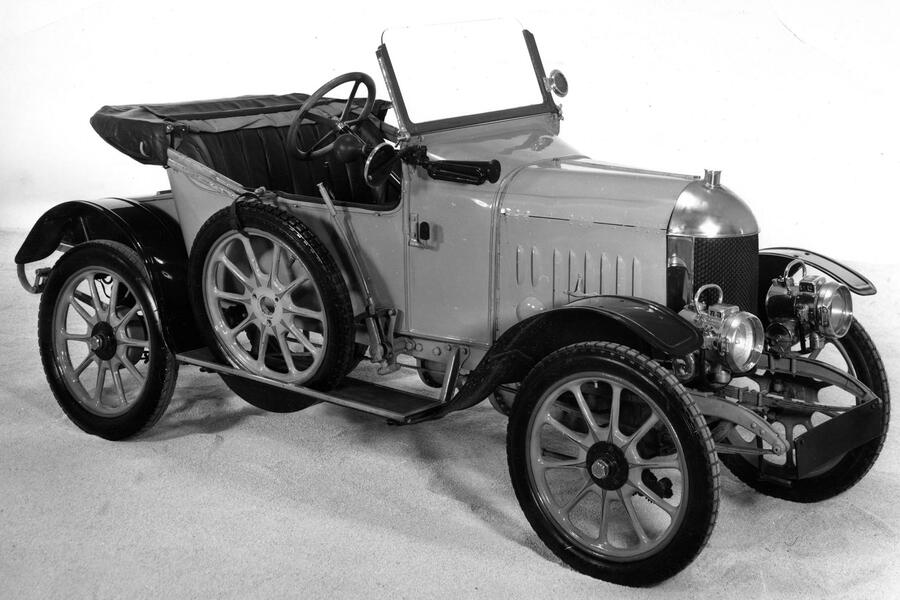
The ‘Bullnose’ “created a most favourable impression on account of its excellence of designâ€.
A light four yet “possessing all the attributes of a full-size carâ€, it was “excellent valueâ€.
1914 Dodge 30-35
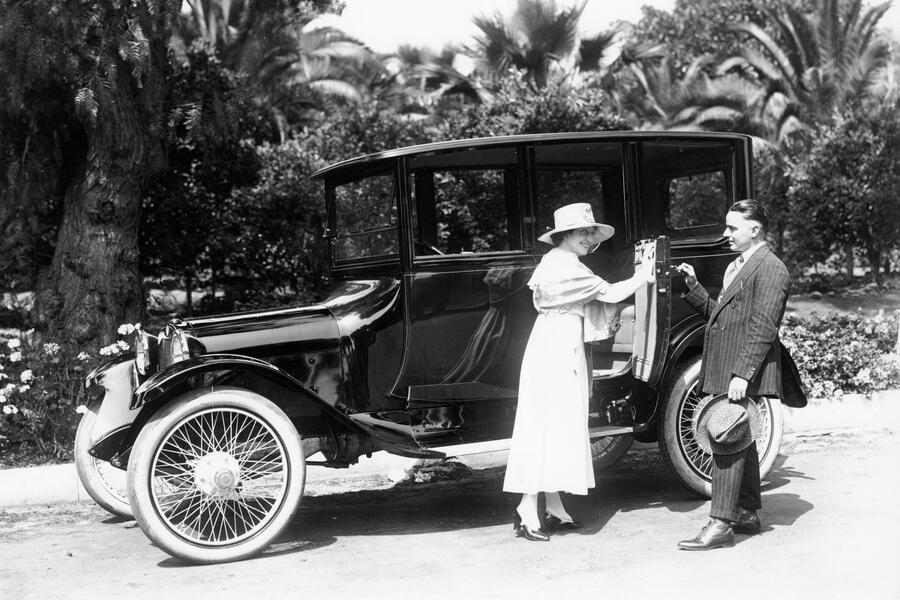
“The Dodge Brothers car possesses characteristics seldom indeed encountered in a vehicle selling at anything like this price, namely £210.â€
1915 Packard Twin Six
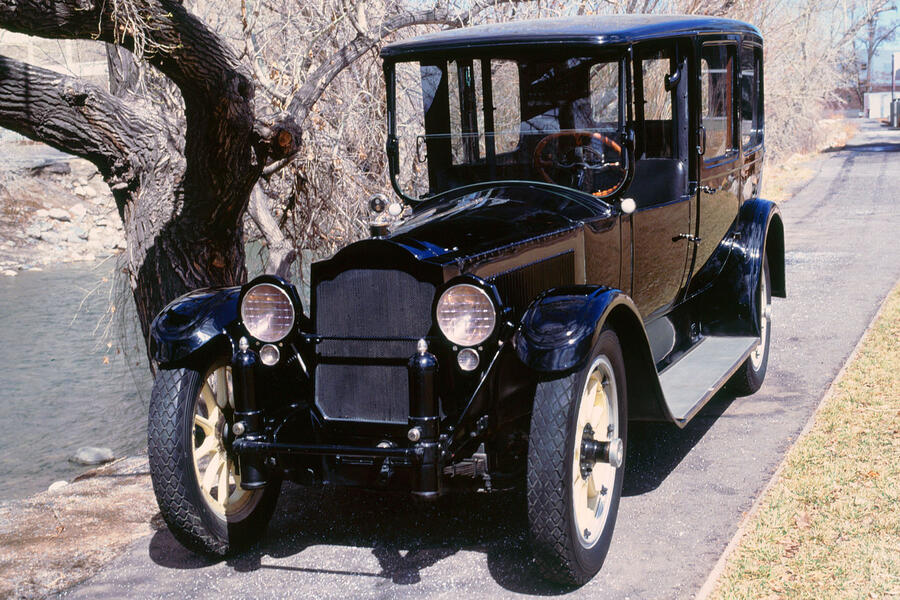
This luxurious American was the first V12 production car.
“The idea is to produce a more perfect running engine by means of the perfect natural balance†– and boy did it work.
1916 Cadillac Type 51

The first mass-produced V8 car. “It is really difficult to convey on paper any idea of the delight of the running,†we gushed.
“One may indulge in superlatives and yet fall short of producing the real impression of satisfaction.â€
1917 Mitsubishi Model A
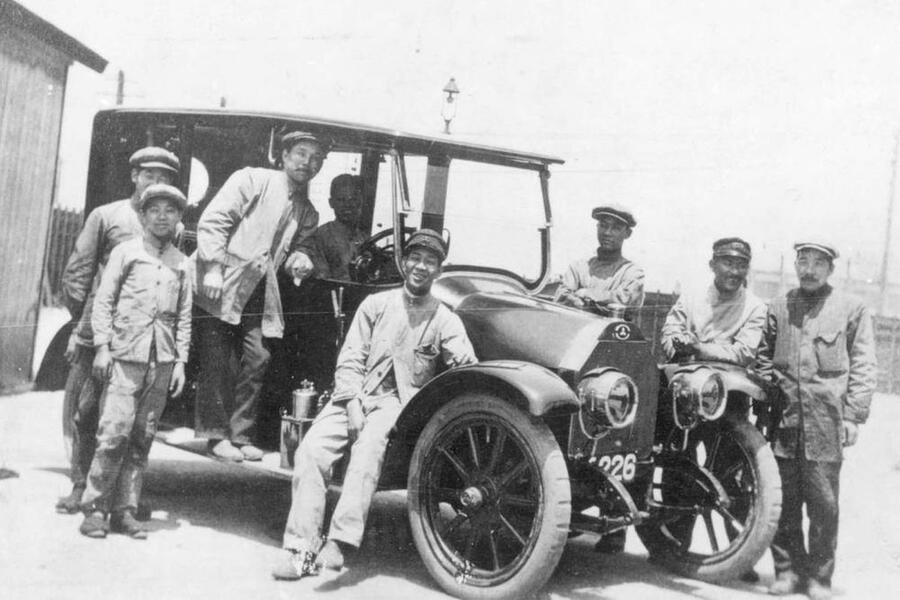
We didn’t know about it at the time, but this saloon, made by a famous shipbuilder, was hugely significant as the first Japanese car – even if it was basically a Fiat.
1918 Citroën Type A
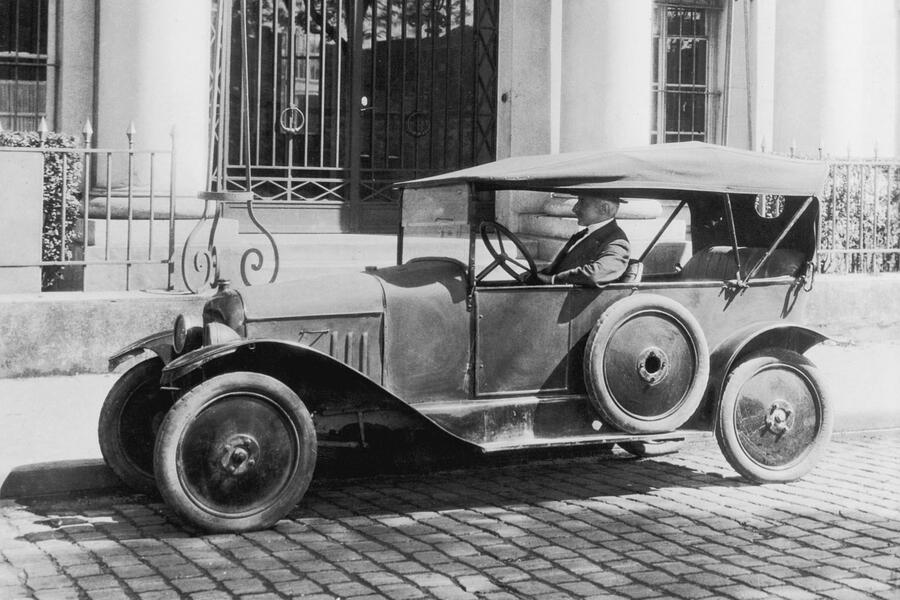
So popular was this “car of light weight, moderate power and convenient size†that it arguably turned a French start-up into Europe’s first mass manufacturer of cars.
1919 Hispano-Suiza H6
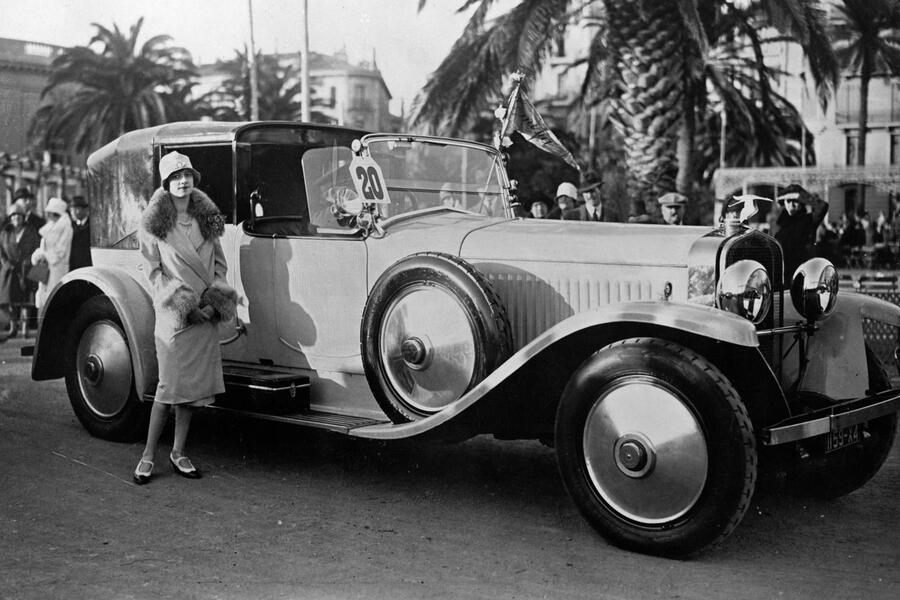
“Whether it be judged from the standpoint of speed, flexibility, silence, brakes, springing, workmanship or designâ€, this Swiss-designed, Paris-built luxury car “is more than capable of holding its own among the world’s bestâ€.
1920 Rover 8HP
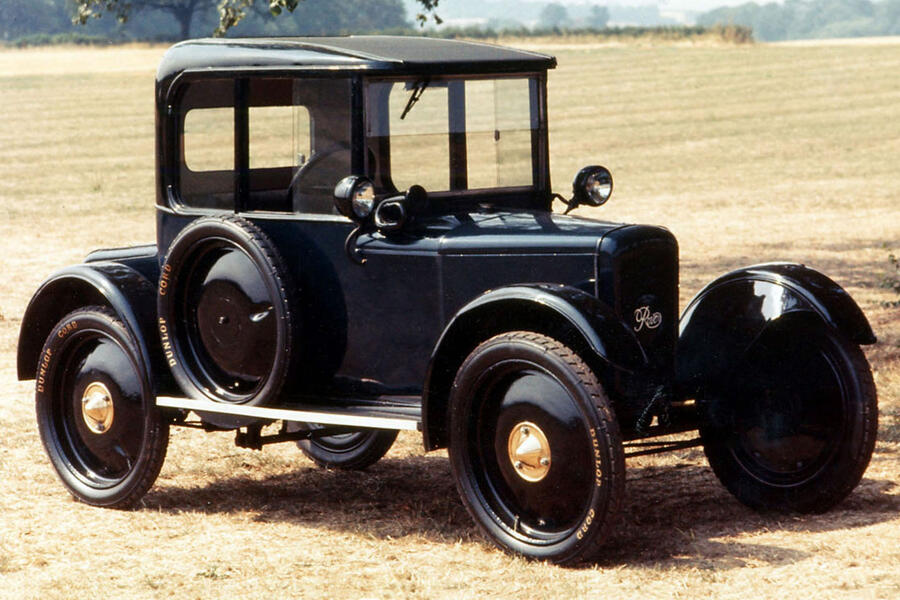
British newcomer pleasingly “fills the gap between the motorcycle-and-sidecar combination and the small but now expensive light car†to the benefit of “the family motorist of limited meansâ€.
1921 Bentley 3-litre
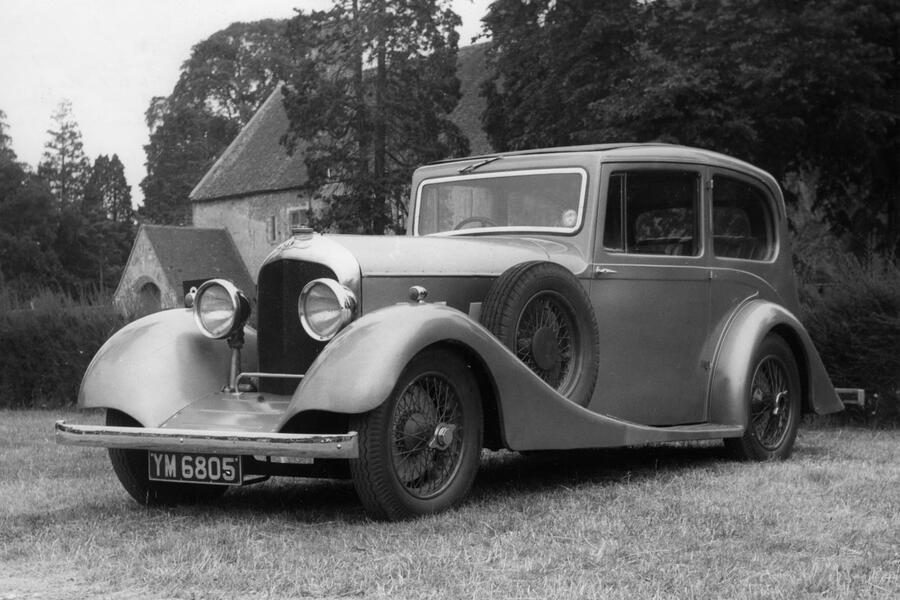
Initial roadster’s litheness and effortless performance gave us “fierce, wild intoxicationâ€, before the long-wheelbase tourer proved “comfortable and docile yet powerfulâ€.
1922 Lancia Lambda
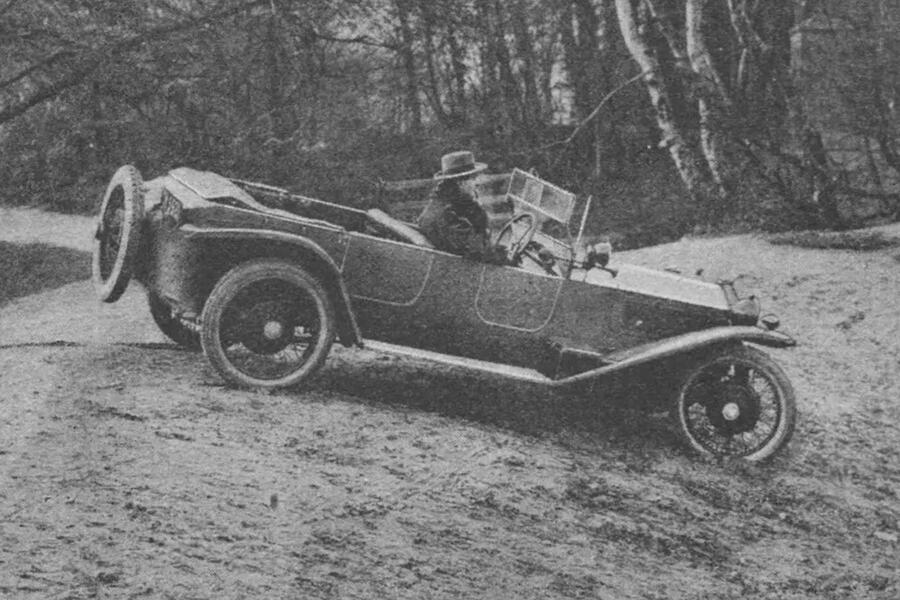
Highly innovative as the first car with a monocoque and the first with all-independent suspension.
It had brakes all round, too, and a compact V4. “In one or two cases a machine possesses what in a human is termed a soul. Such a car, undoubtedly, is the Lambda.â€
1923 Tatra T11
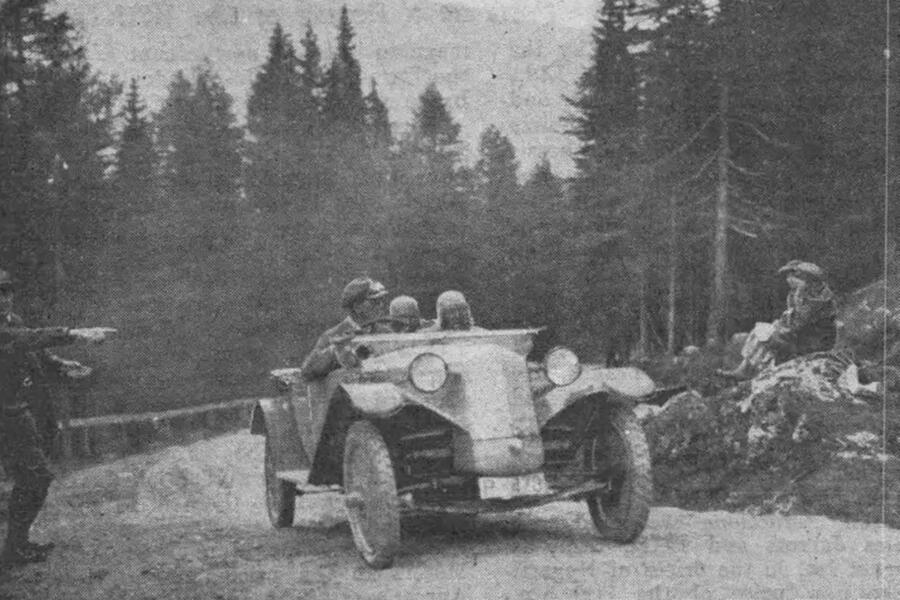
This was the first car with the Czech firm’s famous backbone tube chassis, swinging halfaxles and air-cooled engine – which later inspired the 21st century’s best-selling car, the Volkswagen Beetle.
1924 Alfa Romeo P2
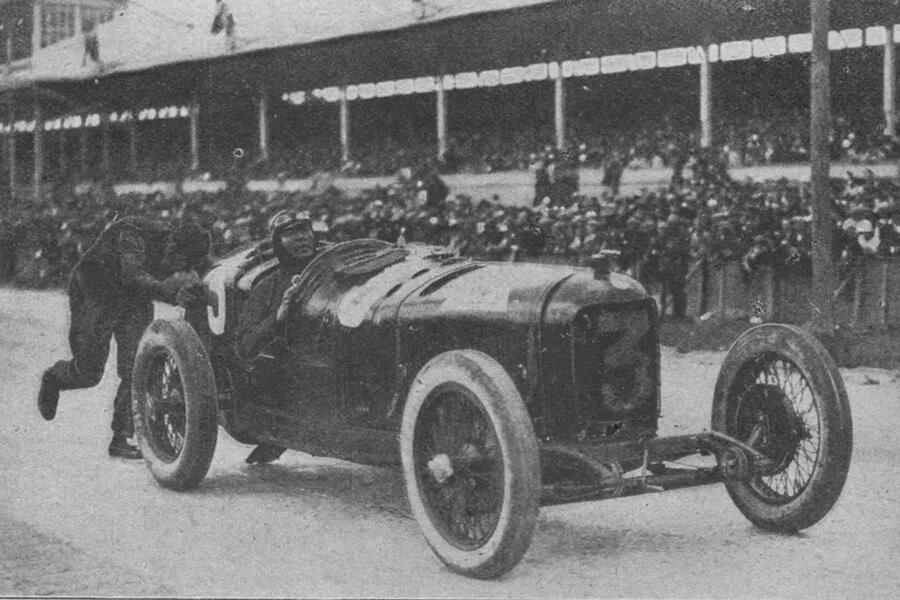
Along with the Bugatti Type 35, this straight-eight beauty would dominate grand prix racing for a decade to come.
1925 Hanomag 2/10PS
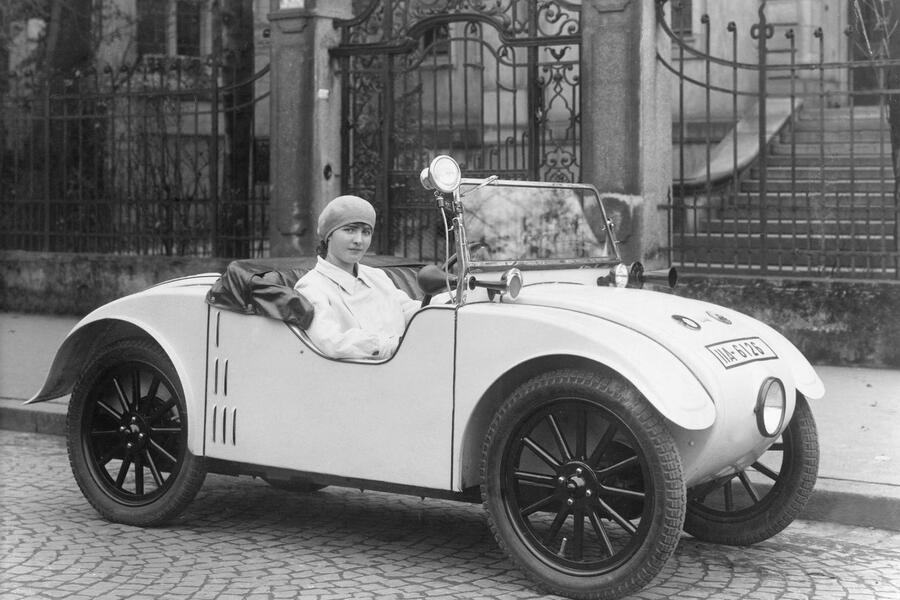
We called it a “queer freakâ€, the German public nicknamed it the ‘bread loaf’ and it sold poorly, but this miniature set the template for all future design by integrating the wings into the body.

